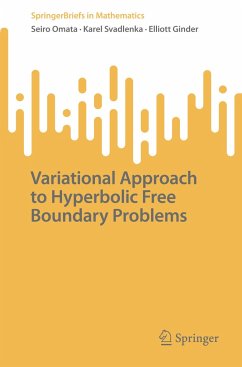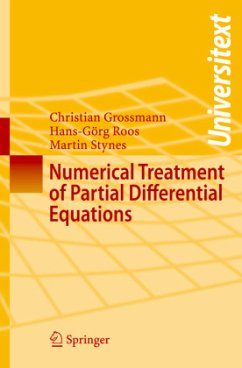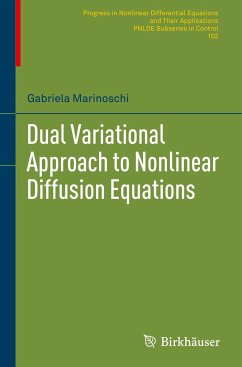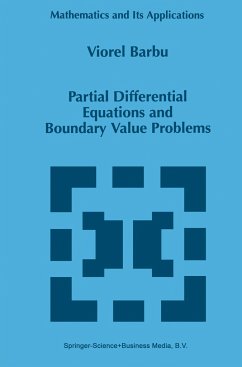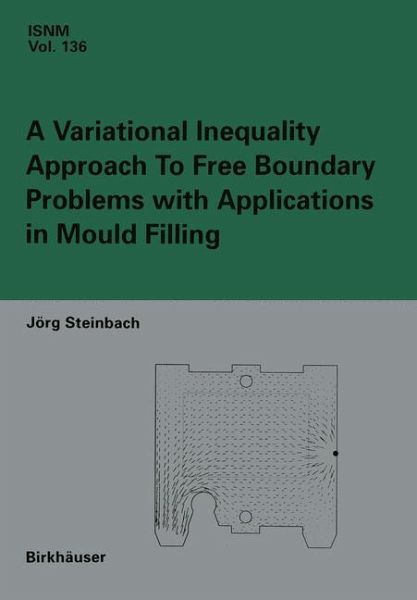
A Variational Inequality Approach to free Boundary Problems with Applications in Mould Filling
Versandkostenfrei!
Versandfertig in 6-10 Tagen
76,99 €
inkl. MwSt.
Weitere Ausgaben:

PAYBACK Punkte
38 °P sammeln!
Since the early 1960s, the mathematical theory of variational inequalities has been under rapid development, based on complex analysis and strongly influenced by 'real-life' application. Many, but of course not all, moving free (Le. , a priori un known) boundary problems originating from engineering and economic applica tions can directly, or after a transformation, be formulated as variational inequal ities. In this work we investigate an evolutionary variational inequality with a memory term which is, as a fixed domain formulation, the result of the application of such a transformation to a ...
Since the early 1960s, the mathematical theory of variational inequalities has been under rapid development, based on complex analysis and strongly influenced by 'real-life' application. Many, but of course not all, moving free (Le. , a priori un known) boundary problems originating from engineering and economic applica tions can directly, or after a transformation, be formulated as variational inequal ities. In this work we investigate an evolutionary variational inequality with a memory term which is, as a fixed domain formulation, the result of the application of such a transformation to a degenerate moving free boundary problem. This study includes mathematical modelling, existence, uniqueness and regularity results, numerical analysis of finite element and finite volume approximations, as well as numerical simulation results for applications in polymer processing. Essential parts of these research notes were developed during my work at the Chair of Applied Mathematics (LAM) of the Technical University Munich. I would like to express my sincerest gratitude to K. -H. Hoffmann, the head of this chair and the present scientific director of the Center of Advanced European Studies and Research (caesar), for his encouragement and support. With this work I am fol lowing a general concept of Applied Mathematics to which he directed my interest and which, based on application problems, comprises mathematical modelling, mathematical and numerical analysis, computational aspects and visualization of simulation results.





